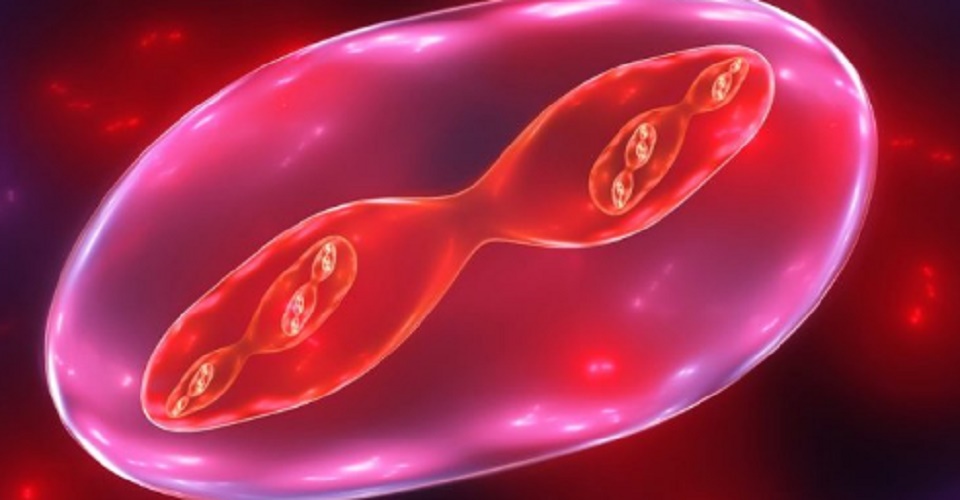What is spermatogenesis?
We explain what spermatogenesis is and the phases in which this process is divided. In addition, what is azoospermia and oogenesis?
-
What is spermatogenesis?
Spermatogenesis or spermatocytogenesis is called the sperm generation or production process , which takes place inside the male sex glands (testicles), specifically in the seminiferous tubules, coiled ducts of about 30 to 60 cm. in length and 0.2 mm wide. Between the two testicles of man add more than a thousand of these ducts.
The sperm, as is known, are the male gametes or reproductive cells , endowed with half of the individual’s genome (haploid or n ) and of their own mobility through a single flagellum (or tail). They are expelled from the body during ejaculation, along with the rest of the seminal content (semen) and, if they find an egg (female gamete) willing to be fertilized, they merge to give rise to a new life.
The discovery of the cellular nature of sperm is relatively recent: it coincides with the discovery of cell theory in the 19th century.
The word sperm was first used 1827, and already in 1841 it was often used, although they were not yet considered as reproductive cells. It would be Albert Koeliker years later who would offer the first complete explanation of the phenomenon, from the seminal fluid of various animals.
Spermatogenesis is triggered in the body of man by the release of the hormone GnRH (gonadotropin-releasing hormone), secreted by the hypothalamus; It consists of a successive process of mitosis and meiosis , and has an approximate total duration of between 62 and 75 days.
-
Phases of spermatogenesis

The creation of sperm involves the following phases:
Proliferative or spermatogonic phase . From the germ stem cells, type A spermatogonias are formed: cells that by mitotic division (mitosis) give rise to type A and type B spermatogonias. The former will continue to replicate and produce both types of cells; the latter, however, will be divided into two primary spermatocytes, which in turn will be divided into four mature sperm cells. This first phase takes place at the puberty of man, when his reproductive system is activated.
Meiotic phase or spermatocytogenesis . In this phase, new cell division mechanisms are produced, which give rise to haploid cells called spermatids , through meiosis processes. This occurs during two stages:
- I meiosis . Each primary spermatocyte (diploid) is divided into two secondary spermatocytes (haploids).
- Meiosis II . The secondary spermatocytes are divided into two spermatids (haploids), thus obtaining four cells from the first. In the latter, the mature sperm form is beginning to form, they even have a scourge.
Spermatogenesis . This last stage occurs during sperm maturation to form mature sperm. The flagellum grows to its ideal point, the cell acquires its characteristic pointed shape, the reduction of the cytoplasm , lengthening of its cell nucleus and development of acrosome. At this time the sperm are released to the center of the seminiferous tubule, ready to be ejaculated.
-
Azoospermia
It is called with this name a disease of the human male reproductive system , consisting of the absence of sperm in the male semen . This naturally minimizes the fertility levels of the individual.
This ailment can be determined by studies of semen quality , as well as hormonal analysis, since it is attributed to the deficiency of the hormone FSH (Stimulating Follicle Hormone), which is responsible, among others, for the testicle to produce sperm.
Not to be confused with aspermia, which is the total lack of semen during ejaculation.
-
Ovogenesis

Oogenesis is the process equivalent to spermatogenesis, but in the female reproductive system , that is, it is the process of formation and maturation of the ovules (female gametes). In mammals, this process produces only a few hundred ovules throughout a woman’s fertile life, which occurs in her gonads, the ovaries.
This process is hormonally regulated by the pituitary gland, using the FSH hormone and the leutinizing hormone. Like spermatogenesis, this process involves different stages of mitosis and meiosis to finally produce haploid sex cells (n) from diploids (2n).


